Structure Your Business to Scale with Confidence!
Unlock exponential growth with expert coaching and proven frameworks designed for expansion-stage CEOs.
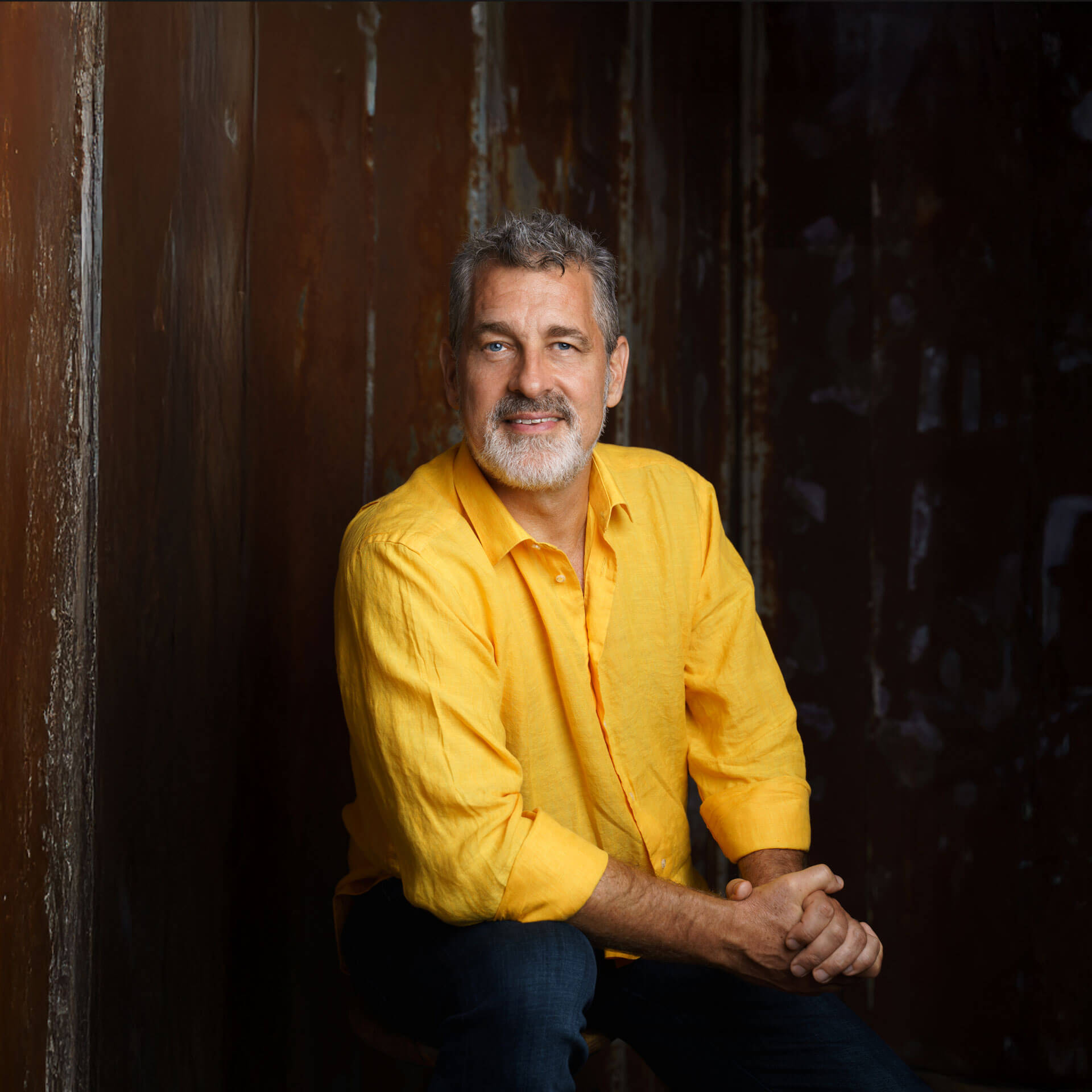
Organizational Physics has helped hundreds of funded companies scale intelligently.
- What We Do
Unlock Scalable Growth with Proven Strategies
At Organizational Physics, we help CEOs and leadership teams design high-performance organizations that scale efficiently. Whether through expert coaching or our Pro Tools membership, our structured approach removes bottlenecks, optimizes decision-making, and accelerates sustainable growth.
CEO Coaching
Gain expert coaching from Lex Sisney to structure your business for sustainable success. Work on the business, not in it, and unlock the full potential of your leadership.
Pro Tools Membership
Access powerful strategy tools, assessments, and frameworks designed to help leaders make better decisions and drive execution with clarity.
Learning Resources
Use our strategic downloads, self-assessments, guided exercises and tools provide actionable insights to help you navigate challenges and scale your business with confidence.
Fast-Track Your Business from Nail It into True Scale It
- Meet Lex Sisney
The Architect of Scalable Organizations
Scaling a business isn’t just about growth—it’s about structure. Lex Sisney, founder of Organizational Physics, has helped CEOs and leadership teams design high-performance companies that scale efficiently. His proven framework removes bottlenecks, optimizes decision-making, and creates alignment for long-term success.
With experience guiding companies from $30M to multi-billion-dollar valuations, Lex delivers practical strategies, not theories—ensuring leaders work smarter, not harder.
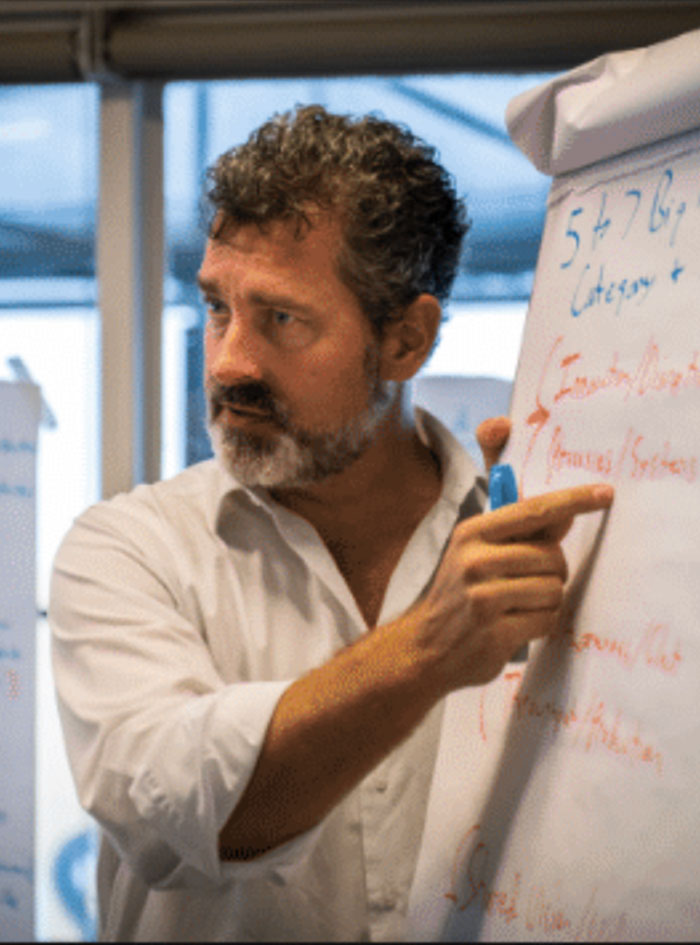
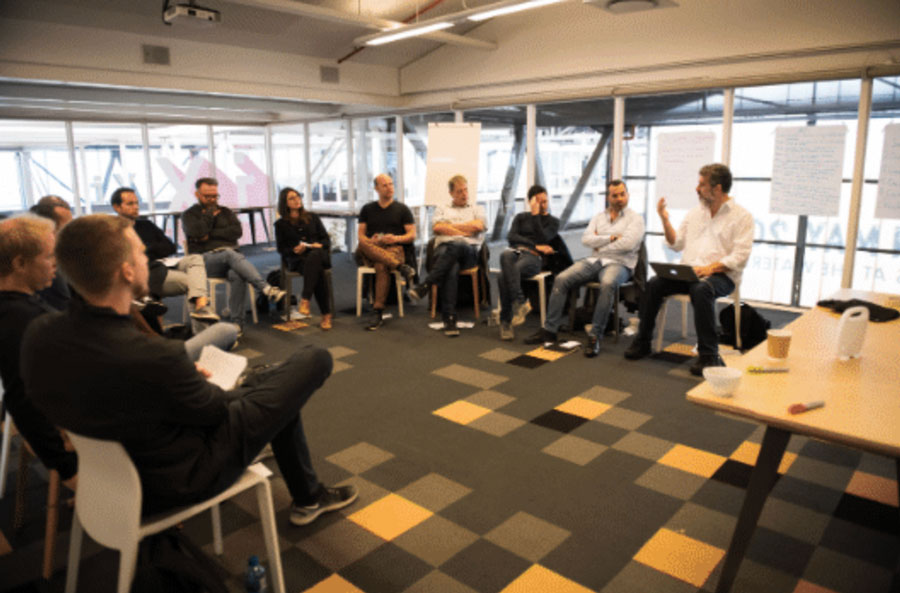
30 Years of experience
Trusted by Growth-Driven CEOs Worldwide
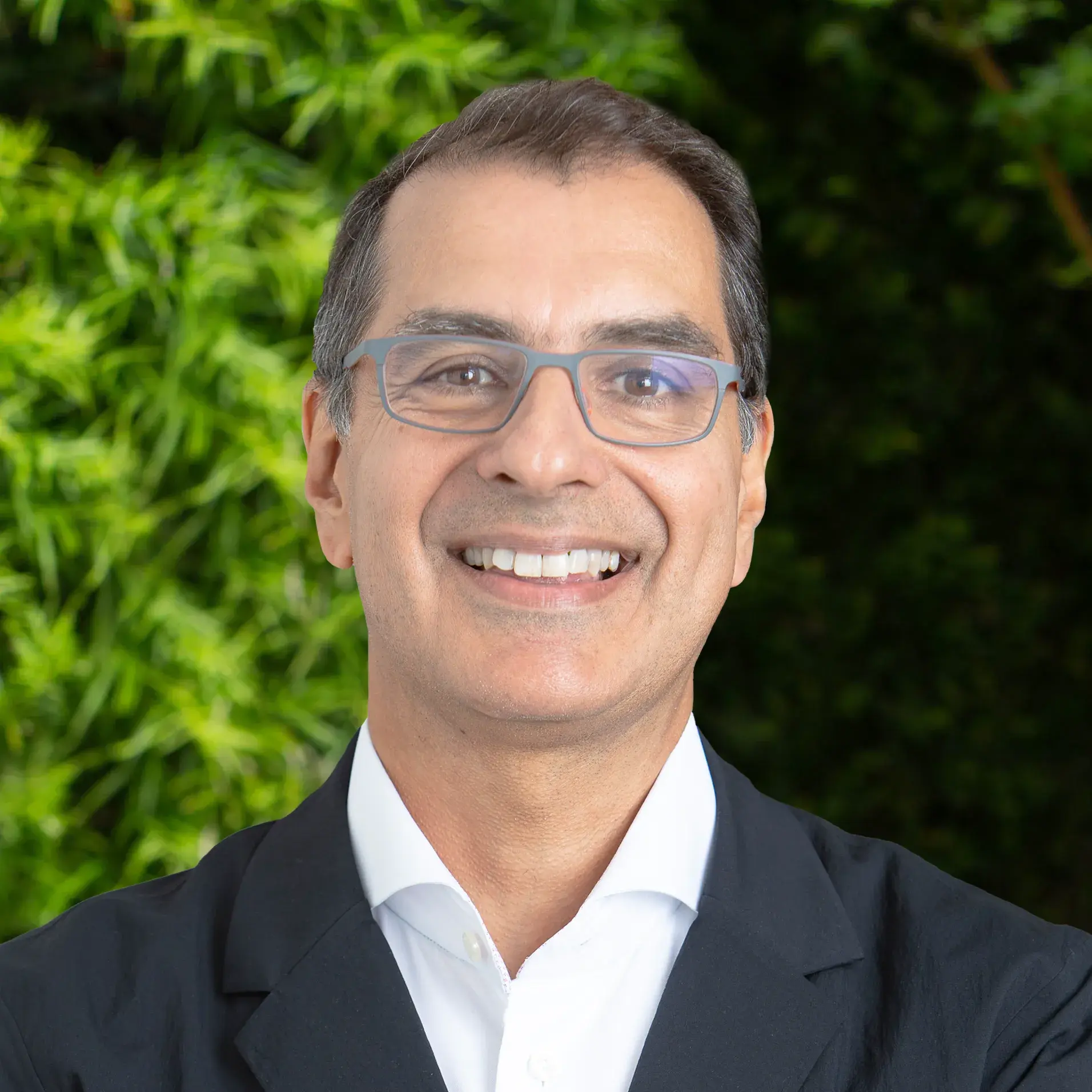
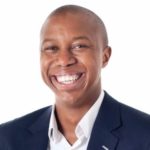
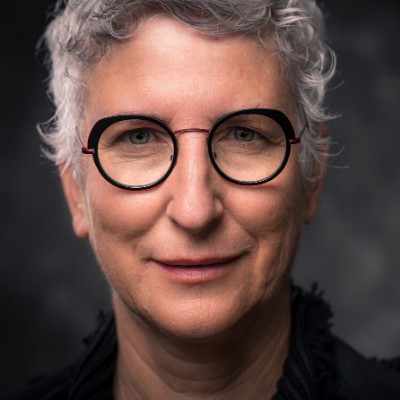

Try the World's Fastest Personality Test!
Unlock your team's working styles in under 5 minutes.
- From Lex -
Insights for Scaling CEOs

The #1 Way to Speed Up Decision-Making
First Who, Then What Summary Insight: If your team is stuck in endless debate, the fastest way to regain momentum
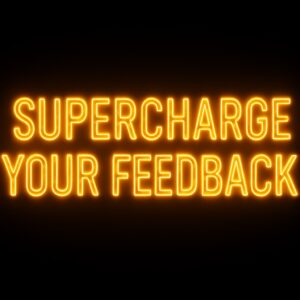
The One Trick That Will Make You 30% More Effective as a Manager
Summary Insight: If giving feedback drains your energy or stalls your team’s growth, there’s a smarter way. This article shows

How to Structure a House of Brands
Positioning a Brand Is One Thing. Structuring to Execute Across Many Is Another. Summary Insight: Positioning wins the mind. Structure